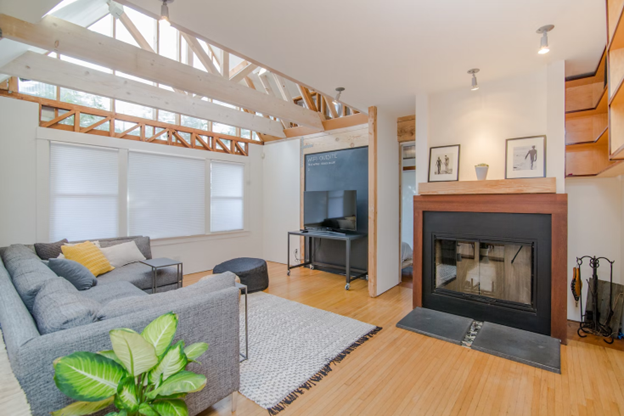Written by Jayde Bevin, blogger, for aznha.org
For many older adults, choosing where to spend their later years in life can be a daunting task. For one, there are several factors to consider when going over various housing and care choices for the elderly. Such factors include: transportation, personal preferences, socialization, healthcare needs, and physical limitations. It’s important for older adults to find a living arrangement that’s best suited to their needs and lifestyle preferences. After all, they’ve probably waited years to relish the joys of retirement.
To help older adults and their families make the right decision, we are going to discuss the differences between two key housing and care choices for seniors: aging in place, and senior living communities.
Aging in Place
According to AARP, 90% of seniors prefer to stay in their own homes as they age. This isn’t surprising at all, as we’re all prone to getting attached to the fond memories and familiarity offered by our homes. However, living at home presents a myriad of financial and physical challenges for older adults.
For one, many older adults (including those who are relatively healthy and are able to live independently) may not have the energy to maintain a home properly. Simple tasks such as doing the laundry, cooking, and cleaning can be too physically taxing for the elderly. For this reason, most older folks who choose to age in place will rely heavily on home care services to allow them to keep living in their home for longer. Home care services vary depending on what a senior needs, but mostly these entail assisting seniors on home maintenance, transportation, meal and groceries, as well as personal needs.
On top of this, the standard expense of owning a home may also trouble an older adult, since they’ll have to make sure that ongoing costs (like mortgages and taxes) are paid on time. Having these tasks off their plates can prevent any added stress.
On the bright side, aging in place allows seniors to keep their independence, be close to their loved ones, and keep their comfort at home. To address a senior’s physical needs, there are various products that can modify a home to make it safer and more livable for them. Such products include stair lifts, support bars, and ramps.
A senior shouldn’t worry too much about their medical needs if they decide to age in place, as there are plenty of agencies that offer in-home care, too. For one, seniors can get geriatric nurses to assist them. One of the most popular nursing careers today, geriatric nurses specifically cater to senior patients and provide care for patients who are bedridden, have injuries, or are suffering from mental health issues. These experts can provide extensive and specific assistance that other caregivers may not be able to give.
Senior Living Community
Older adults also have the option to live in senior living communities, where they have access to a variety of services and amenities. Such amenities include restaurant-style dining, personalized care, housing, wellness programs, pools and spas, and various leisure classes.
Senior living communities are ideal for elderly folks who want to enjoy retirement, be close with fellow seniors, and continue building their social lives. In addition, seniors who live in these living communities don’t need to worry about the usual concerns they would if they were living alone, such as maintaining a house.
However, senior living communities do come with their drawbacks. For one, the price of senior living communities ranges from as low as $1,500 to as high as $6,000 per month. Communities on the lower end of the price range don’t offer the same kind of luxurious amenities that are usually associated with senior living communities. Plus, senior folks who prefer more privacy may find it harder to get some alone time, because they would be surrounded by fellow residents. Staff members also do routine checks on community members, and they’re expected to go in and out of a senior’s living quarters every day to do check-ins.
Moreover, not all senior living communities (particularly those on the lower end) get to provide their members with superb medical care. At most, some only offer the most basic medical care and supervision. This means that those with chronic health conditions and mental problems may not receive the proper medical assistance they need in certain senior living communities.
Which is Better?
Before deciding, older adults and their families first need to assess their needs. It’s a deeply personal decision that shouldn’t just boil down to a senior’s health issues or finances. Through clear communication and thoughtful cost-benefit analysis, seniors and their families can find which living arrangement suits their lifestyle the best.
For other insight











